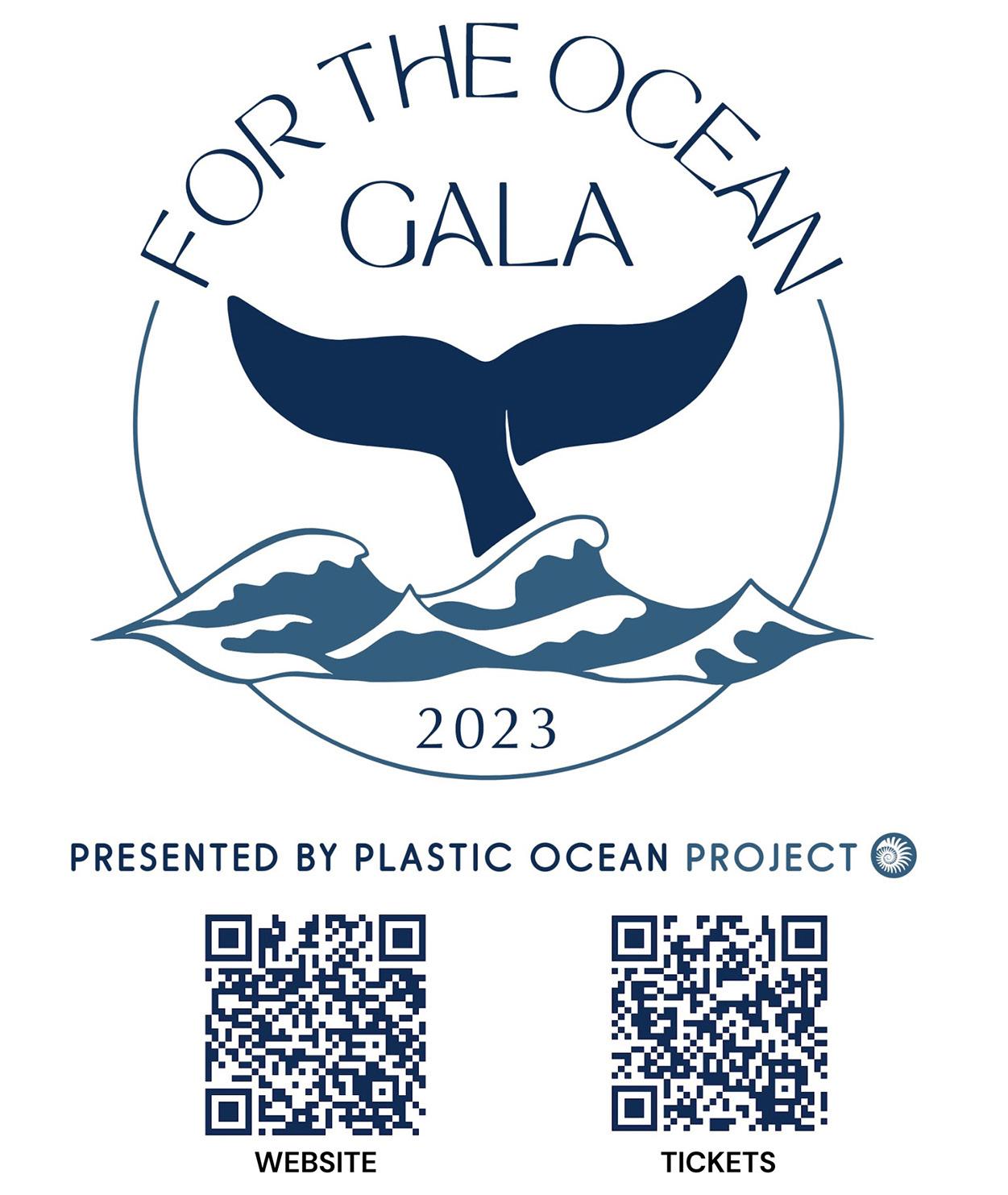
5 minute read
Saving Whales...
Why Saving Whales Can Save the Planet
by Lisa Andrée
NOAA, February 2023
===================
The slogan “Save the Whales” became popular in the 1970s when a concerted global effort brought attention to their drastically dwindling numbers. Bumper stickers, tee shirts and a bestselling album called “Songs of the Humpback Whale” all served to educate the public. This inspired modifications to fishing gear, marine traffic patterns and a subsequent ban on commercial whaling, greatly improving the situation. Fast-forward 50 years and the need to protect these majestic marine mammals is greater than ever. While the ultimate goal is to prevent the extinction of a species, few realize that “saving the whales” may be key to saving the planet.
In 2019, the Wilmington, North Carolina-based nonprofit, Plastic Ocean Project (POP) began making a full-length documentary film, “If the Ocean Could Talk: A Voice for the North Atlantic.” The film’s goal is to explore how human interaction impacts marine life, including the severely endangered North Atlantic right whale.
Filming off the NC coast near Beaufort in November of 2020, POP researchers and its production crew set out to document migrating whales but instead learned of a deceased whale, just days old. According to the National Oceanic and Atmospheric Administration (NOAA), the highly anticipated birth of this healthy newborn calf had brought the North Atlantic right whale’s population up to 356. Today, just two years later, that number is hovering around 326, which is alarmingly low. A species is classified as endangered when there are fewer than 2,500 mature individuals. What’s worse is less than one quarter of today’s existing right whale population is female.
The unexpected death of the newborn whale had a profound impact on POP’s team and led them to create a separate documentary short, “356,” which has now been accepted into seven film festivals including L.A.’s prestigious Awareness Film Festival and Portugal’s Vila Real film fest. The short film features cameo commentary from numerous experts in the field including world-renowned marine biologist and ocean explorer, Dr. Sylvia Earle; marine ecologist and author, Dr. Carl Safina; ocean advocate and singer-songwriter, Jack Johnson; and esteemed economist, Ralph Chami.
Chami, an assistant director in the International Monetary Fund’s Institute for Capacity Development, recently attended COP27, the U.N.’s Climate Change Conference in Egypt. “When it comes to saving the planet, one whale is worth thousands of trees,” says Chami.
Here’s why:
• Whales accumulate carbon in their bodies throughout their lifetime, and when they die a natural death and sink to the bottom of the ocean, an average of 33 tons of CO2 is sequestered, taking that carbon out of the atmosphere for centuries. Meanwhile, a tree absorbs only up to 48 pounds of CO2 a year. (Source: the International Monetary Fund (IMF).)
• The decomposition process takes decades and provides a concentrated food and nutrient source for a variety of marine life.
• Whale poop fertilizes phytoplankton, the food source for all marine food chains in the ocean, which covers 70% of the planet. Phytoplankton produces 50% of the world’s oxygen supply and absorbs an estimated 40% of all carbon dioxide produced, or four times the amount captured by the Amazon rainforest.
The goal of “356” is to create awareness and lead to sweeping action towards saving these majestic creatures. Ultimately, it’s only when whales are not threatened by ship strikes, recreational boat traffic, fishing gear entanglement, marine microplastics debris, chemical pollution or noise pollution that interferes with their communication will they have a better chance for survival.

A Humpback whale raises its powerful tail over the water of the ocean. Scientific name: Megaptera novaeangliae.
photo by Uryadnikov Sergey. Adobe stock
“In 1990 the number of right whales dropped to 270, but new protections and increased consciousness brought their population back up to 500 by 2010,” says Bonnie Monteleone, Director of POP. “We can do it again, but only if everyone understands how important this effort truly is so that we can all work together!”
Plastic Ocean Project’s mission is to find solutions to plastic pollution through:
• Education through Research
• Outreach through Art
• Solutions through Collaboration
The nonprofit’s ultimate goal is “to create a more sustainable world for future generations.”
Want to support Plastic Ocean Project? Then consider becoming a member, volunteering or attending POP’s “For the Ocean Gala.” The 2023 benefit gala will be hosted on Saturday, March 25 at the new Lumina Resort at Wrightsville Beach. See the ad on this page for QR codes leading to details and tickets. To learn more about POP’s work and ongoing initiatives, visit plasticoceanproject.org.

Sources:
National Geographic, September 24, 2019
National Geographic Resource Library
International Monetary Fund
Lisa Andrée is POP’s Communications-Fundraising-Membership coordinator. She’s a North Carolina native, UNCW grad and dedicated to creating awareness for POP’s mission and its ongoing initiatives. She enjoys paddle boarding and time spent with her husband on board their sailboat, Slow by Slow.







